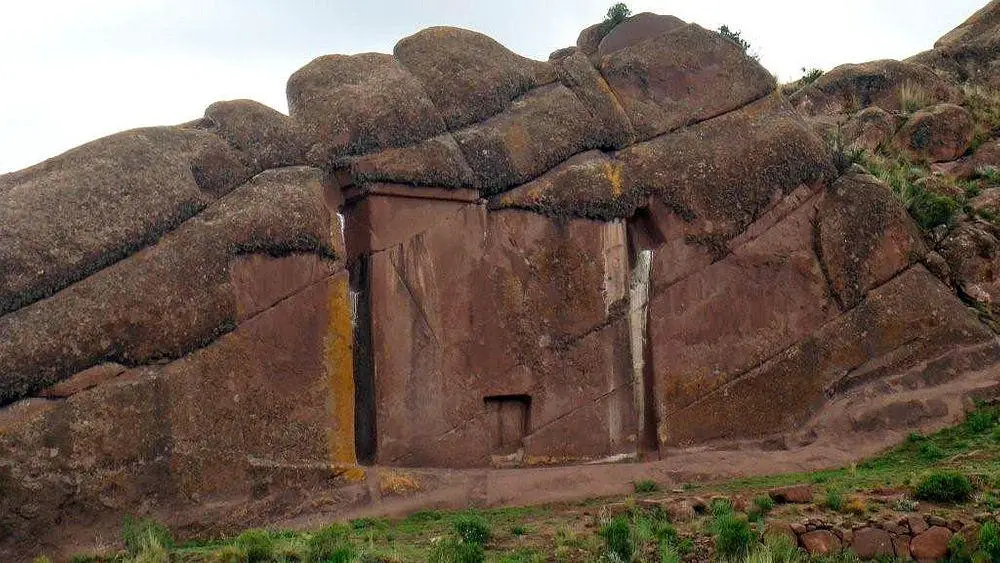Wondermondo 🢖 World 🢖 Wonders of South America 🢖 Wonders of Peru
Territory
Wonders of Peru
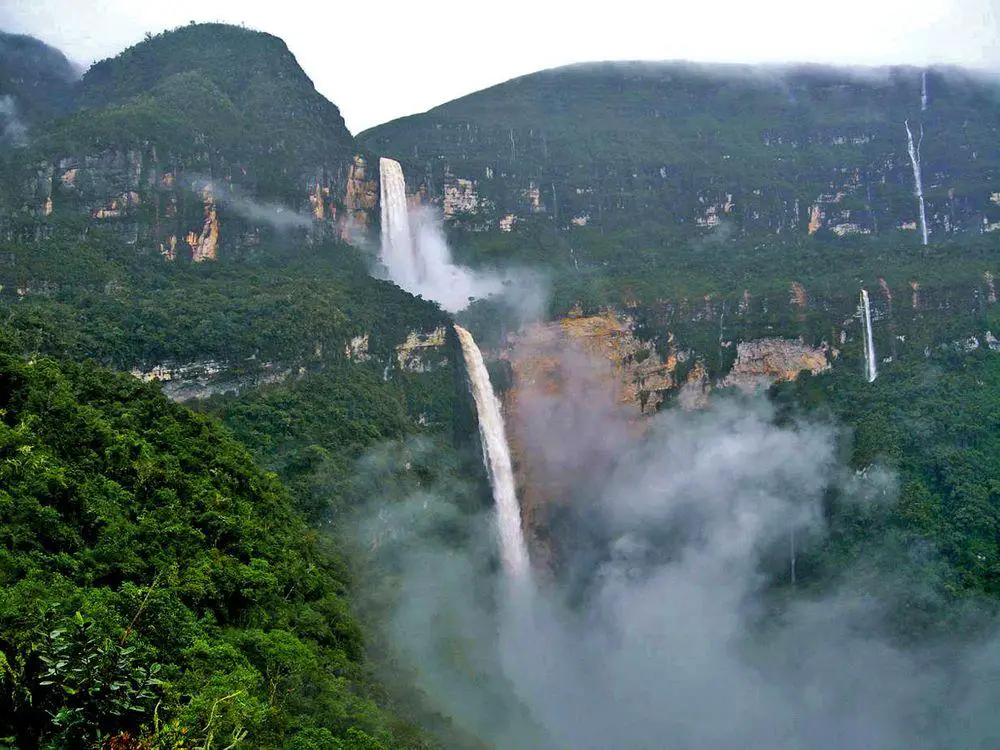
 Highlights
Highlights
P
eru is one of the most interesting and diverse countries in the world. Many landmarks here are unique, without analogs in the world.
Highlights of Peru are:
- Archaeological heritage – Peru in this respect is one of the most interesting countries in the world. Here evolved many ancient cultures, such as Chavín, Paracas, Moche, Nazca, Wari, Chimú, and the last and best known – Inca. Here developed the most ancient urban centers in the Americas and were built giant pyramids and other unique structures.
- Historical cities and colonial architecture – when Peru was conquered by Spaniards, quickly were developed new cities with rich colonial architecture. Some cities retained Inca and earlier planning and now represent a unique blend of urban planning and architecture – very impressive churches and monasteries.
- Canyons – some of the deepest canyons in the world are located in Peru – only in the Himalayas are located deeper ones. Cotahuasi Canyon is up to 3,535 m deep.
- Waterfalls – here are some of the tallest waterfalls in the world such as Tres Hermanas Falls (914 m).
- Biodiversity values – Peru is one of the most biodiverse countries in the world – but it is hard to single out an area with a very distinct, unique ecosystem.
Map with the described wonders
If you see this after your page is loaded completely, leafletJS files are missing.
 Top 25 wonders of Peru
Top 25 wonders of Peru
Geological wonders
Pongo de Mainique
Cusco
3 km long canyon of Urubamba River with 300 – 900 m high cliffs. The forest here has extremely high biological diversity, one of the highest in the world. The canyon is crossed by Inca bridge, leading to Machu Picchu.
Marcahuasi
Lima
Mountain plateau with amazing granite formations, resembling large sculptures of humans and animals. Located at almost 4 km height, considered to be a place with mystical properties.
Colca Canyon
Arequipa
One of the deepest canyons in the world, up to 3,200 m deep (some sources give as much as 4,160 m). A location where soaring Andean Condors can often be seen.
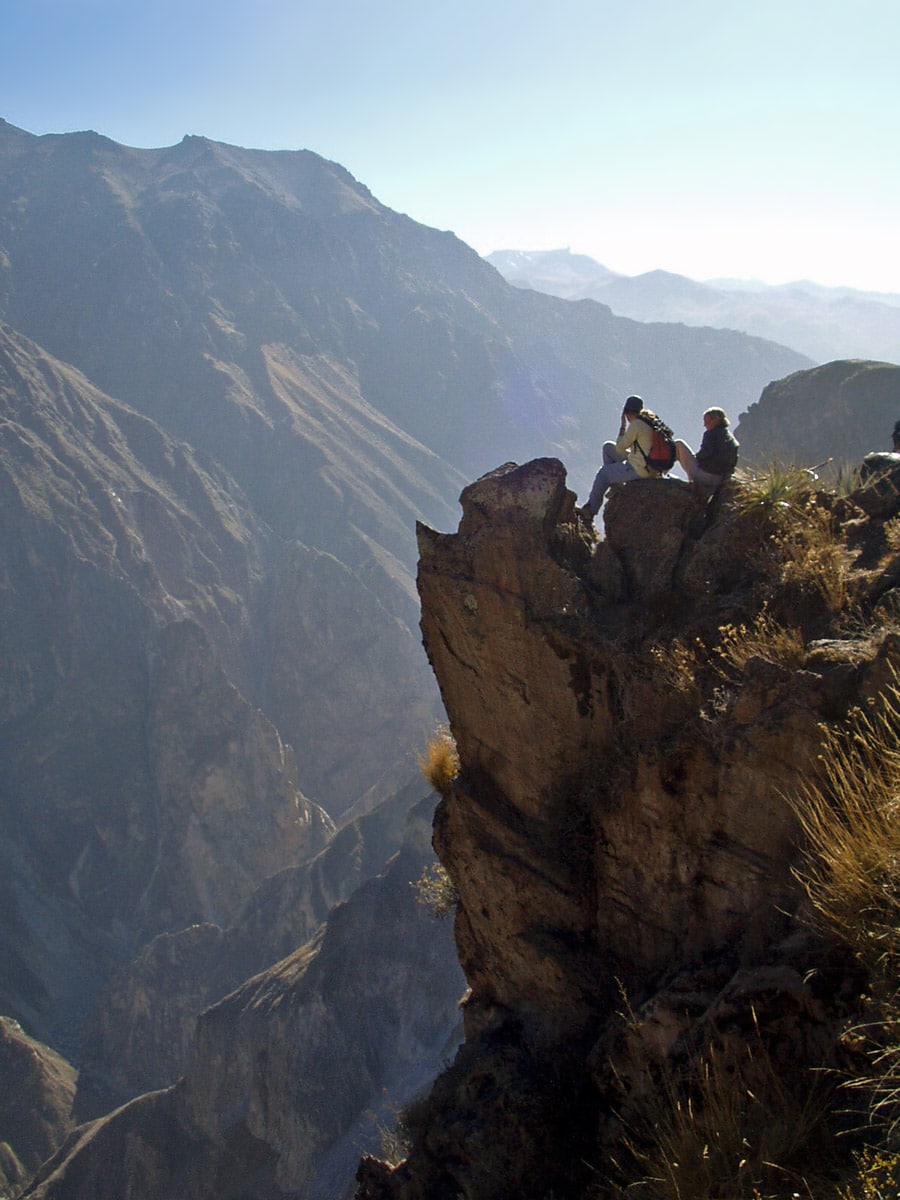
Tres Hermanas Falls (Cataratas las Tres Hermanas)
Ayacucho
This 12 meters wide stream has a total height of 914 meters in 5 drops.
Archaeological wonders
Machu Picchu
Cusco
One of the most spectacular archaeological sites in the world. Extensive ruins of stone structures on a rugged cliff peak. The town was built around 1450 as a shelter and center for Inca rulers and abandoned sometime around 1572. An especially interesting monument here is Intihuatana – a sculpted stone, a possible astronomic clock or calendar.
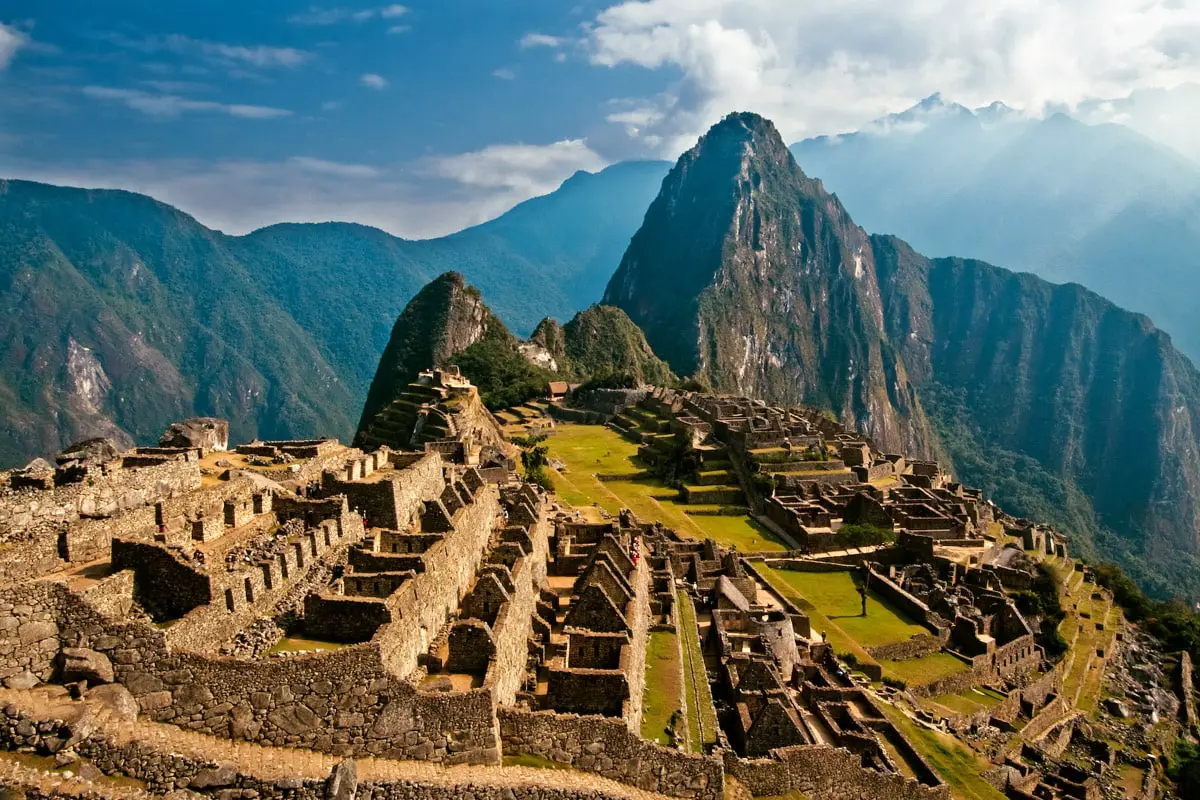
Nazca Lines
Ica
The best-known geoglyphs in the world were created sometime around 400 – 650 AD in the extremely dry Nazca Desert. Giant, up to 200 m long prehistoric drawings are spread over a large area, the best among them are Family, Mandala, Tree, Spider, Condor, Astronaut, and Whale.
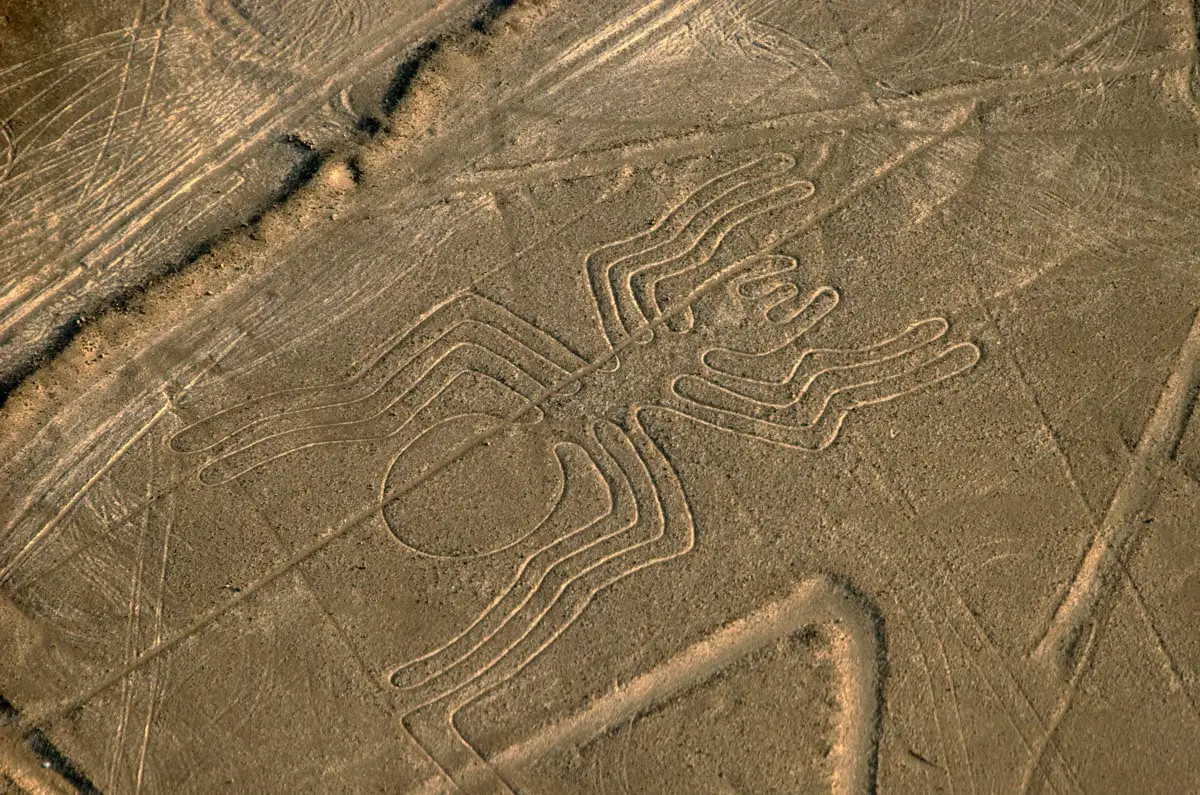
Chavín de Huántar
Chavín de Huántar
The former capital of Chavín culture, a place of high spiritual importance. Occupied since at least 3000 BC, a sacred site since the end of the 2nd millennium BC. Numerous diverse temples and amazing artworks including the sculpture of the Lanzón that was created some 3000 years ago.
Sacsayhuamán
Cusco
One of the most impressive complexes of megalithic walls with blocks up to 120 – 200 tons heavy: possibly built by Kilke culture between 900 – 1200 AD. Ruins of temples.
Chan Chan
La Libertad
The capital of Chimor, the largest known Pre-Columbian city in South America, with some 6 km² large urban core. The city was built from adobe, it flourished in 850 -1470 AD. Chan Chan consists of 10 walled citadels. Intricate ornamentation of adobe walls.
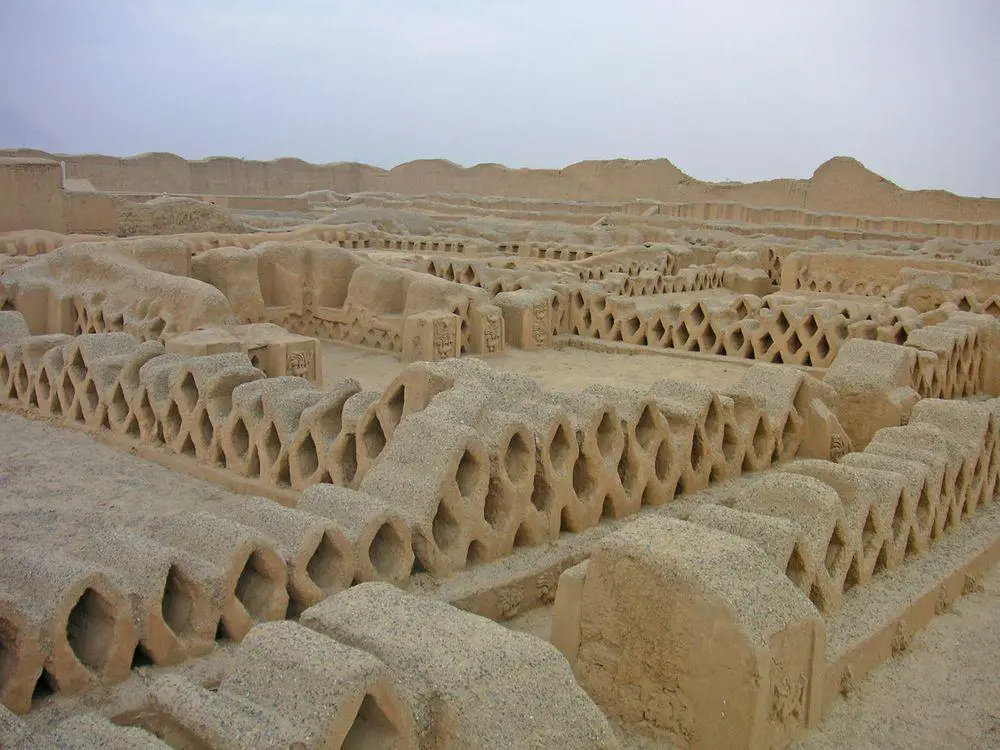
Vilcabamba
Cusco
Ruins of the last capital of the Inca. This remote mountain refuge was constructed by Manco Inca in 1539 and fell to Spaniards in 1572. Rediscovered in 1892.
Pyramids of the Sun and Moon (Huaca del Sol and Huaca de la Luna)
La Libertad
One of the largest adobe structures in the world. Located in the former capital of Moche state. Built sometimes around 450 AD. The pyramid of the Sun initially was 50 m tall, now 41 m tall.
Choquequirao
Cusco
Ruins of an abandoned Inca city, located in a dramatic mountain setting. Constructed in the late 15th century. The site includes a mountain with truncated, leveled top, dramatic-looking agricultural terraces.
Chankillo
Ancash
Ruins of a large prehistoric site, built by an unknown culture around the 4th century AD. Contains Thirteen Towers – a possible observatory.
Sarcophagi of Carajía
Amazonas
A group of unique, practically intact clay sarcophagus. Seven sarcophagi are shaped like standing people and are up to 2.5 m tall.
Sayhuite monolith
Apurímac
Large rock with more than 200 geometric and zoomorphic basreliefs. Located in an ancient center of religious worship.
Aramu Muru
Puno
Giant stone carving in live rock, most likely unfinished. Represents a giant gate that leads to the cliff. Local stories about the portal that leads to the world of spirits.
Paracas Candelabra
Ica
Prehistoric geoglyph on the slope, well visible from the sea. This 185 m long figure most likely has been made sometime around 200 BC.
Qenko
Cusco
The holy place of the Inca, with artificially shaped limestone blocks. Includes gnomons – sundials and intricate incised lines – “snakes”.
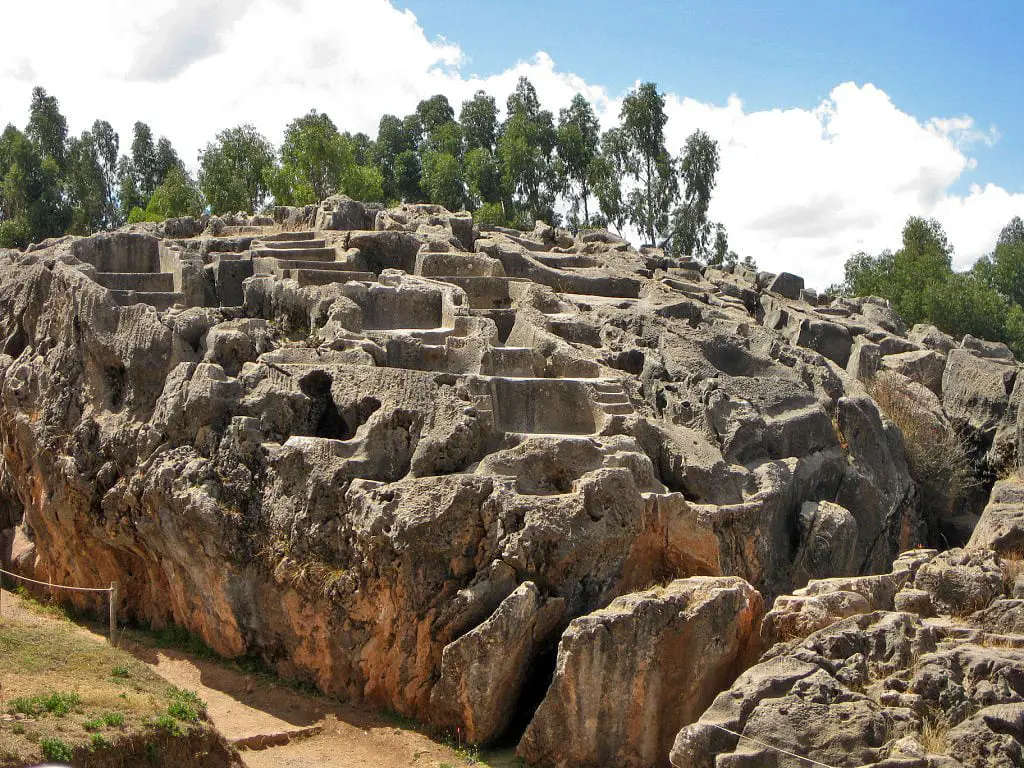
Patallacta
Cusco
Well-preserved ruins of an Inca village, with a magnificent system of agricultural terraces around it.
Laguna de las Momias
Amazonas
Breathtaking archaeological monument – a necropolis hewn into a high cliff overlooking a lake. In mausoleums still are located numerous remains of the deceased. People here were buried in a seated position, wrapped in intricate textiles.
Architecture wonders
Cusco historic center
Cusco
The historical capital of the Inca Empire, inhabited since 900 AD. During Inca time (the 13th century – 1532) the city was developed according to a strict plan. After the Spanish conquest, the city has maintained much of its original planning and part of the building stones, but there has been built a new, magnificent city, blending local and European traditions.
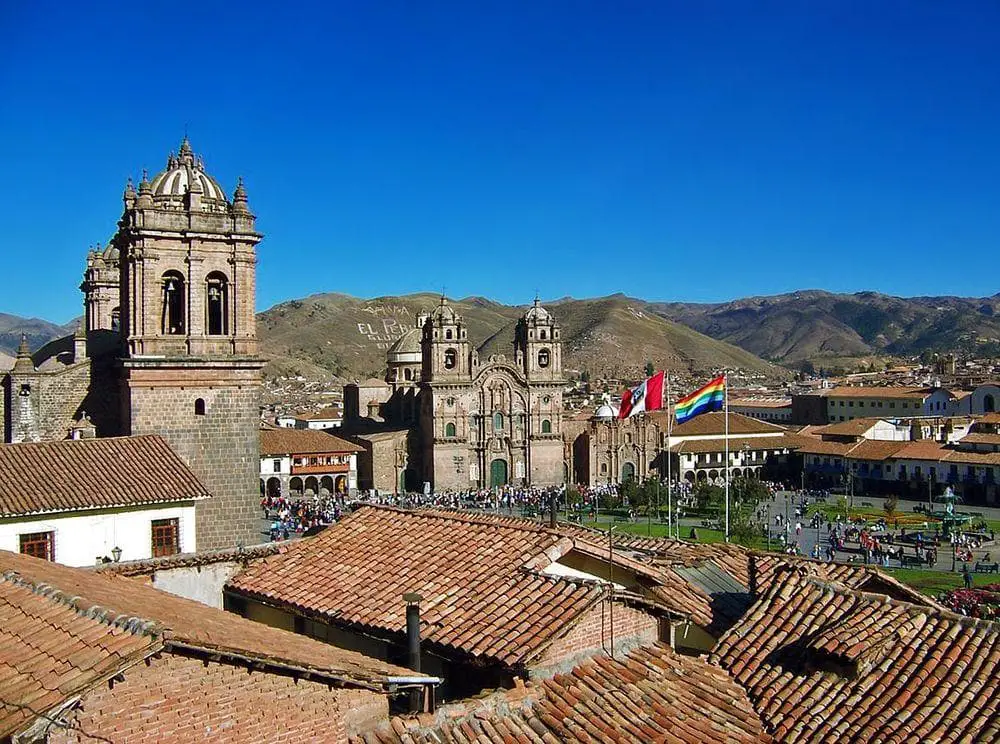
Ollantaytambo
Cusco
Inca site – the royal estate of Pachacuti. One of the oldest continuously inhabited towns in Southern America developed since the late 15th century. Many original Inca buildings are still inhabited. The ruins of the Sun Temple on Temple Hill include a Wall of Six Monoliths – a surprising megalithic structure.
Lima Historic Center
Lima
One of the first major European urban centers in the Americas, founded in 1535. Many buildings are sumptuous and ornate, showing off the wealth of Peru in Spanish colonial times. At the time even the streets were paved with silver bars here. A characteristic feature is more than 1600 ornate balconies.
 Recommended books
Recommended books
DK Eyewitness Travel Guide: Peru
Explore Peru region by region, from local festivals and markets to day trips around the countryside and a journey to Machu Picchu in the Inca heartland.
Turn Right at Machu Picchu: Rediscovering the Lost City One Step at a Time
In 1911, Hiram Bingham III climbed into the Andes Mountains of Peru and “discovered” Machu Picchu. While history has recast Bingham as a villain who stole both priceless artifacts and credit for finding the great archaeological site, Mark Adams set out to retrace the explorer’s perilous path in search of the truth—except he’d written about adventure far more than he’d actually lived it. In fact, he’d never even slept in a tent.

